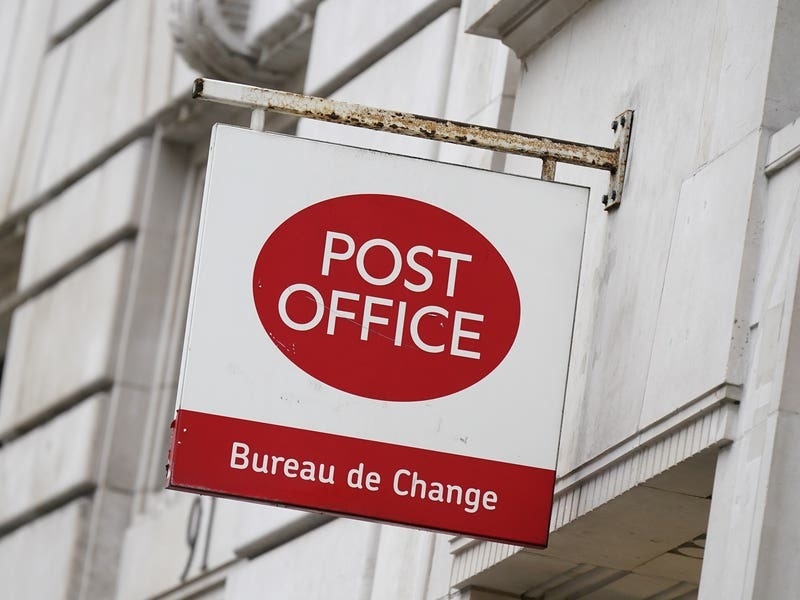Puzzled Islanders took to social media last month after an aircraft was spotted repeatedly flying back and forth overhead at low altitude.
The mystery remained unsolved until yesterday, when Jersey Heritage revealed that the unusual movements – captured by flight-tracking websites – had been performed by an aircraft with a high-powered laser which was creating a comprehensive three-dimensional map of the Island’s landscape.
The organisation, which commissioned the survey, hopes the study will better inform archaeological digs.
Jon Carter, Jersey Heritage chief executive, said imagery from the study would provide a significant insight into what lies beneath the Island’s surface.
‘We have always known that Jersey holds many more archaeological secrets, but this new information will allow us to enhance management of sites we already know about, as well as those which are yet to be discovered,’ he said.
‘The survey results will be shared with Islanders so that they too can learn the full extent of Jersey’s rich archaeological heritage.
However, it is essential that the data is analysed by experts first to ensure that any new sites are protected.’
According to Jersey Heritage, the laser technology used to carry out the survey, called LiDar, uses light – in the form of pulsed laser – to measure the distance to earth.
The light pulses, combined with other data recorded by the airborne system, generate precise, three-dimensional information about the shape of the landscape and its surface characteristics.
The organisation added that although the laser pulses only recorded changes to the topography – including under tree cover and dense vegetation – the characteristics of the surface would enable the identification of some hidden archaeological structures.
The £35,000 scheme was funded by the government, National Trust for Jersey as well as Islanders, Richard, Zoe and Emrys Urban.
Meanwhile, Jamie Mason, senior engineer for the government, said the data would also help his team in formulating a plan to ensure the Island’s coastline remained properly protected in the future.
‘It will enable us to record beach levels and over time, multiple sets of survey data can be compared to establish trends,’ he said.
‘This information is critical to sea-defence maintenance and design for coastal flood-mitigation schemes.
‘The provision of more information about the Island’s archaeology should also enable us to consolidate our understanding of those places that
are important to the Island’s archaeological heritage in order that we
might better identify, designate and protect them through the planning system.’






